Breaking News


Popular News


Learn the best practices for site reliability engineering in cloud infrastructure. Explore the importance of monitoring, alerting systems, and building resilient systems.As businesses continue to embrace the benefits of cloud infrastructure, the need for reliable and resilient systems becomes increasingly critical. Site Reliability Engineering (SRE) has emerged as a key strategy for ensuring that cloud-based applications and services remain operational and performant. In this blog post, we will dive into the best practices for SRE in the context of cloud infrastructure. We will start by providing an overview of Site Reliability Engineering and its principles, followed by an exploration of the importance of implementing best practices in this area. We will then delve into the specific strategies for optimizing cloud infrastructure for reliability, including the implementation of monitoring and alerting systems. Lastly, we will discuss the crucial aspect of building resilient systems for high availability, ensuring that businesses can deliver seamless and uninterrupted experiences for their users. Whether you are a seasoned SRE practitioner or just beginning to explore this field, this post will provide valuable insights into ensuring the reliability of cloud infrastructure.
Contents
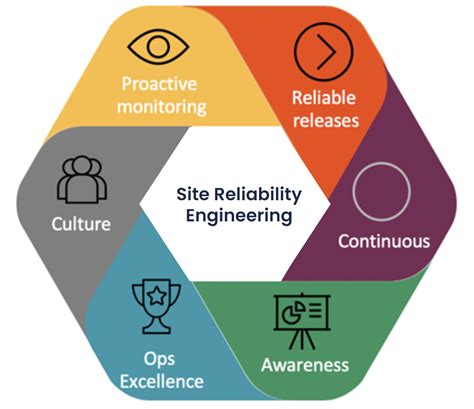
Site Reliability Engineering (SRE) is a discipline that incorporates aspects of software engineering and applies them to infrastructure and operations problems. The main goals are to create scalable and highly reliable software systems. SRE is all about maintaining and improving the reliability of systems. It is an engineering approach to analyze systems, lower the operational load, and maintain high availability.
SRE focuses on creating best practices for cloud infrastructure. The use of best practices in SRE ensures that the reliability of cloud services is maintained as it scales. Best practices cover a wide range of areas, including monitoring, incident management, and release engineering. These practices help in maintaining reliability and minimizing outages.
In SRE, the engineering team has a key role in building, maintaining, and improving the infrastructure. This ensures that the systems are reliable and available for users. Another important aspect is automating as much as possible. Automation enables the engineering team to handle a large number of tasks without manual intervention.
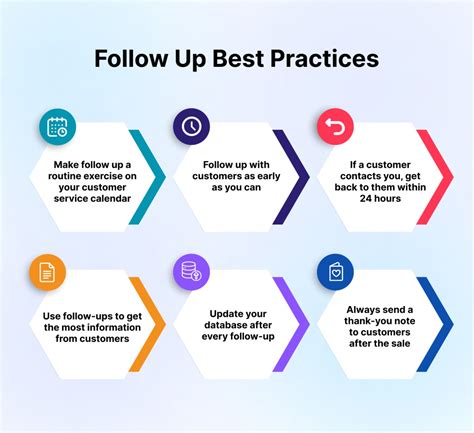
When it comes to site reliability engineering, following best practices is crucial for ensuring the reliability and efficiency of cloud infrastructure. Best practices help in minimizing downtime, improving performance, and reducing the risk of system failures. By adhering to established best practices, organizations can create a more resilient and robust infrastructure that can better withstand disruptions and maintain high availability.
Implementing best practices also plays a critical role in streamlining processes and standardizing operations. This not only leads to greater operational consistency, but also facilitates scalability and flexibility in managing cloud infrastructure. Moreover, following best practices helps in optimizing the utilization of resources and minimizing wastage, leading to cost and resource efficiency.
Furthermore, adhering to best practices demonstrates a commitment to quality and excellence in site reliability engineering. It reflects a proactive approach towards mitigating potential risks and ensuring the overall stability and security of the infrastructure. This is especially important in the context of cloud computing, where reliability and performance are key concerns for organizations relying on cloud services for their operations.
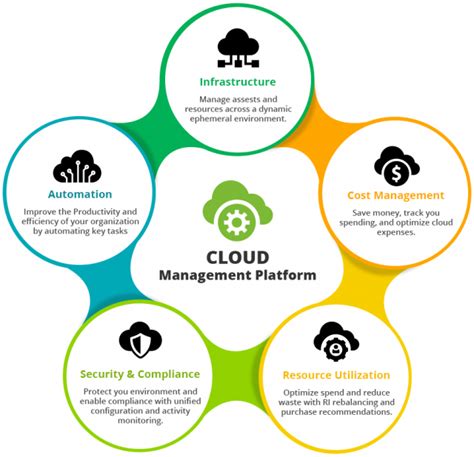
When it comes to optimizing your cloud infrastructure for reliability, there are a few best practices that can make a significant impact on the overall performance and stability of your systems. One of the most important steps is to ensure proper resource allocation and load balancing across your cloud servers. This can be achieved through the use of auto scaling and elastic load balancing to dynamically adjust resources based on changing traffic patterns and demand.
Another crucial aspect of optimizing cloud infrastructure for reliability is to implement redundancy and failover mechanisms to minimize the impact of potential hardware or software failures. This can involve deploying servers in different availability zones and using multi-region deployments to ensure that your services remain accessible even in the event of a data center outage or other localized issues.
Furthermore, it is essential to regularly monitor the performance and health of your cloud infrastructure using advanced monitoring and alerting systems. By proactively identifying and addressing issues before they escalate, you can prevent potential disruptions and ensure that your systems remain reliable and available to your users.
| Best Practices for Optimizing Cloud Infrastructure for Reliability |
|---|
| Proper resource allocation and load balancing |
| Implementation of redundancy and failover mechanisms |
| Utilization of advanced monitoring and alerting systems |
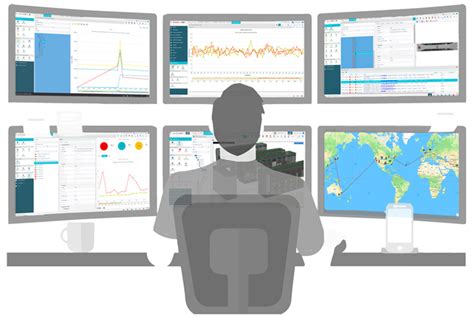
Implementing Monitoring and Alerting Systems
Implementing monitoring and alerting systems is crucial for ensuring the reliability and availability of cloud infrastructure. Monitoring allows for the tracking and measuring of various metrics and indicators, providing valuable insights into the performance and health of the system. With effective monitoring in place, potential issues can be identified and addressed proactively before they escalate into major problems, minimizing downtime and service disruptions.
One important aspect of monitoring is setting up alerting systems to promptly notify the relevant teams or individuals when any predefined thresholds or conditions are met. This ensures that any abnormal behavior or performance degradation is promptly addressed, preventing or minimizing impact on users and customers. In a dynamic and complex cloud environment, having effective alerting systems is essential for maintaining the reliability and availability of the infrastructure.
Implementing a comprehensive monitoring and alerting system also involves defining and tracking the appropriate key performance indicators (KPIs) and service level objectives (SLOs) for different components and services. This helps in establishing clear benchmarks and targets for monitoring and alerting, enabling teams to effectively measure and maintain the desired levels of reliability and availability for the cloud infrastructure.
| Importance of Implementing Monitoring and Alerting Systems | Best Practices for Implementation |
|---|---|
| Ensures early detection and resolution of issues, minimizing impact on users. | Define clear KPIs and SLOs for different components and services. |
| Supports proactive maintenance and performance optimization. | Utilize automated monitoring and alerting tools for efficient management. |
| Facilitates data-driven decision making for infrastructure management. | Establish escalation and notification processes for timely response to alerts. |
In conclusion, implementing effective monitoring and alerting systems is a critical best practice for maintaining the reliability and availability of cloud infrastructure. By establishing robust monitoring processes and alerting mechanisms, organizations can proactively address issues, optimize performance, and ensure a seamless experience for users and customers.
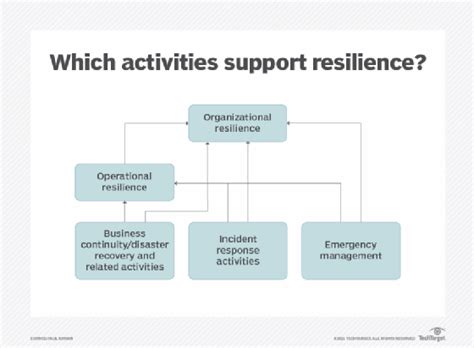
When it comes to building resilient systems for high availability, there are several best practices that site reliability engineering (SRE) teams can employ to ensure that their cloud infrastructure is optimized for reliability. Implementing redundant systems and deploying across multiple availability zones are crucial in minimizing the risk of downtime and ensuring high availability. By distributing workloads and resources across different locations, cloud systems can continue to operate even if one data center experiences a disruption.
Additionally, utilizing automated monitoring and alerting systems is essential to proactively identify and address potential issues before they escalate into major incidents. SRE teams can set up dashboards and alerting rules to monitor key performance metrics and receive real-time notifications of any anomalies or abnormalities. This proactive approach allows for quick detection and resolution of outages or performance degradation, contributing to overall system resilience and high availability.
Furthermore, embracing a chaos engineering mindset can help SRE teams to build more resilient systems. By intentionally introducing failure into cloud environments and observing how the system responds, teams can gain valuable insights into potential weaknesses and vulnerabilities. This proactive testing and experimentation can lead to the identification of areas for improvement and optimization, ultimately contributing to the overall reliability and availability of the cloud infrastructure.

What is Site Reliability Engineering (SRE)?
SRE is a discipline that incorporates aspects of software engineering and applies them to infrastructure and operations problems.
What are some best practices for cloud infrastructure in SRE?
Some best practices include setting clear service level indicators (SLIs), monitoring and alerting, disaster recovery planning, and automation.
How does SRE differ from traditional operations roles?
SRE focuses on creating scalable and reliable systems through automation and software engineering principles, whereas traditional operations roles may rely more on manual processes.
Why is it important to prioritize reliability in cloud infrastructure?
Reliability is crucial for delivering a consistent and high-quality user experience, and it helps to build trust with users and customers.
What are some common challenges in implementing SRE best practices?
Common challenges include cultural resistance to change, lack of buy-in from stakeholders, and the complexity of transitioning to a more automated and scalable infrastructure.
How can SRE principles help with cost optimization in cloud infrastructure?
By improving reliability and efficiency, SRE can help reduce the cost of infrastructure through better resource utilization and proactive management of capacity.
What are some recommended tools and technologies for implementing SRE best practices in cloud infrastructure?
Some recommended tools include Kubernetes for container orchestration, Prometheus for monitoring, and Terraform for infrastructure as code.